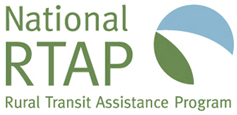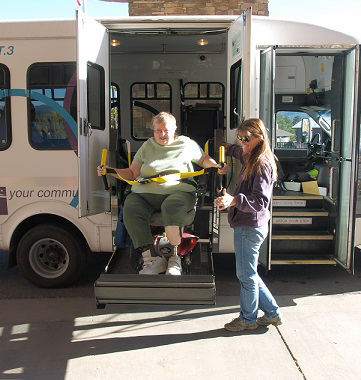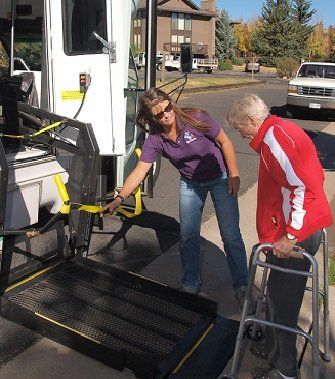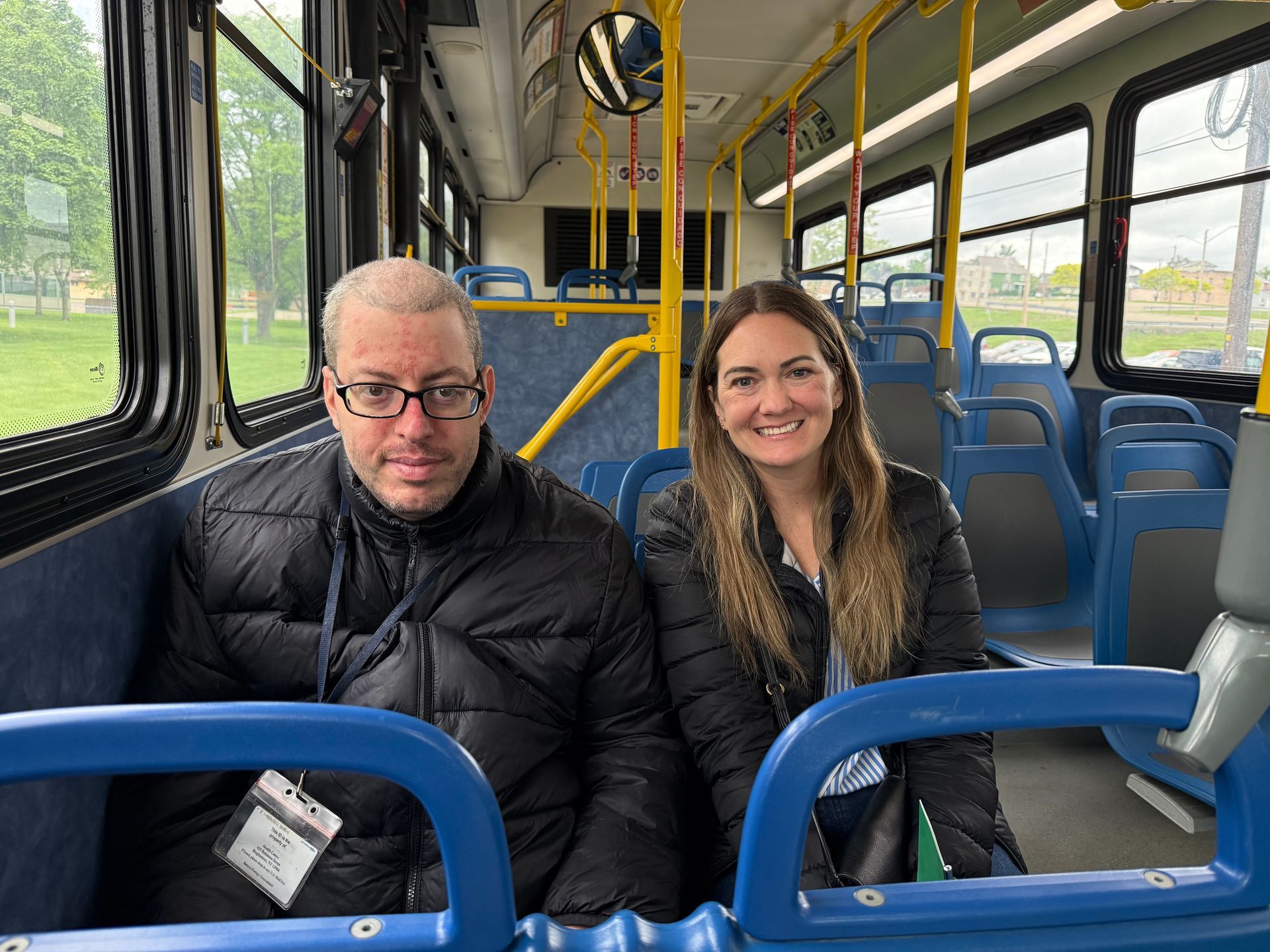Travel training is one method that transit agencies have used successfully to bridge the learning gap for new riders, especially seniors and persons with disabilities. Travel training can give new riders the skills to:
- Understand trip planning software
- Read route maps and schedules
- Locate bus and train stops
- Flag down buses
- Calculate and pay fares
- Obtain and use transit passes
- Recognize when the desired stop has been reached
- Indicate to the bus driver to stop
- Obtain service updates
- Use mobility devices safely on vehicles
- Tell if a vehicle is equipped for mobility devices
The hope is that by engaging inexperienced riders in using transit systems, they can become more comfortable and eventually use transit independently. This can generate more active lifestyles for riders, and allow them to function fully as part of their communities.
One innovative use of travel training is teaching persons with disabilities who would otherwise use paratransit services to use fixed-route service. Two studies conducted by Easter Seals Project ACTION in 2012 found that travel training services could provide hundreds of thousands of dollars in net savings to transit agencies. (See Research Pays Off: Can Travel Training Services Save Public Transportation Agencies Money?).





